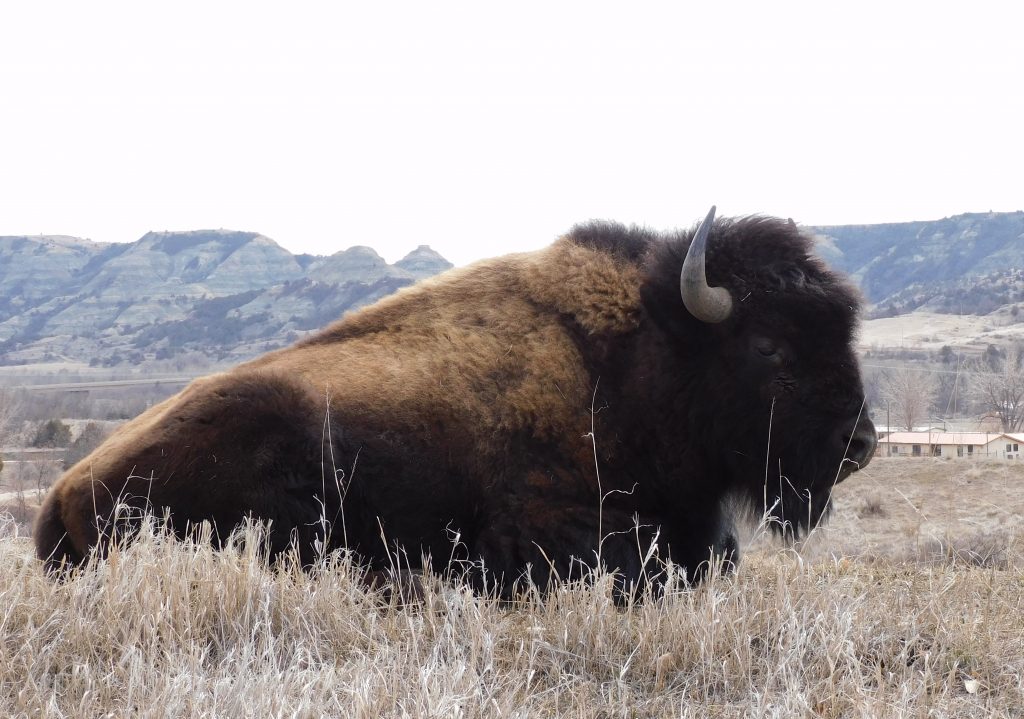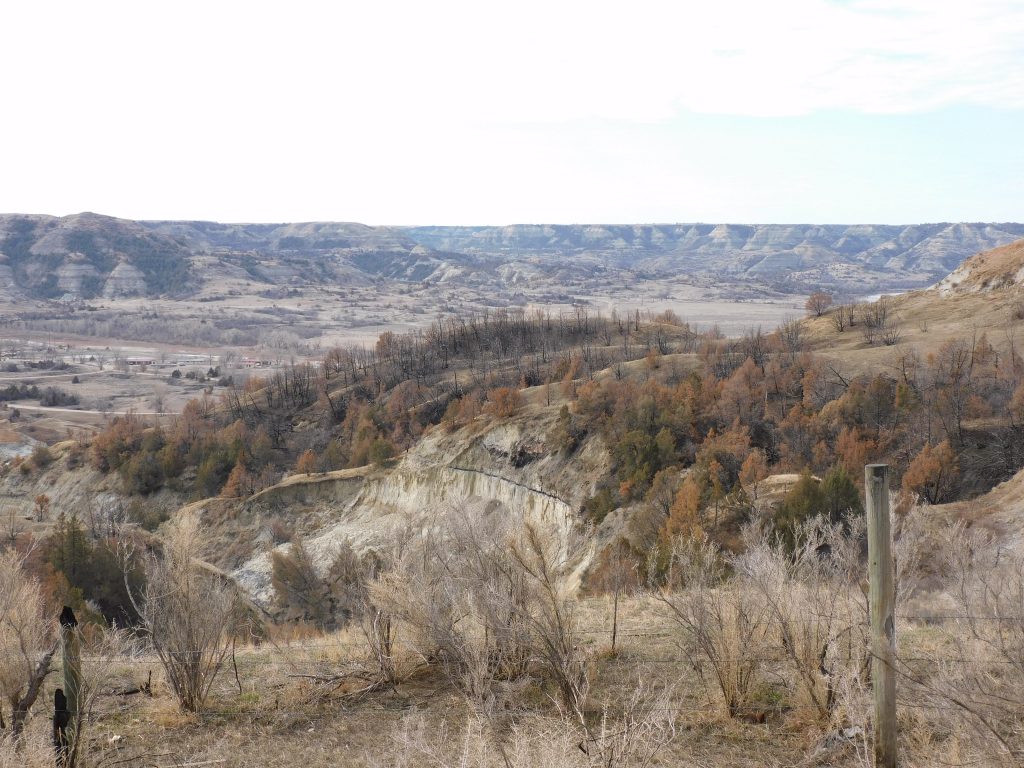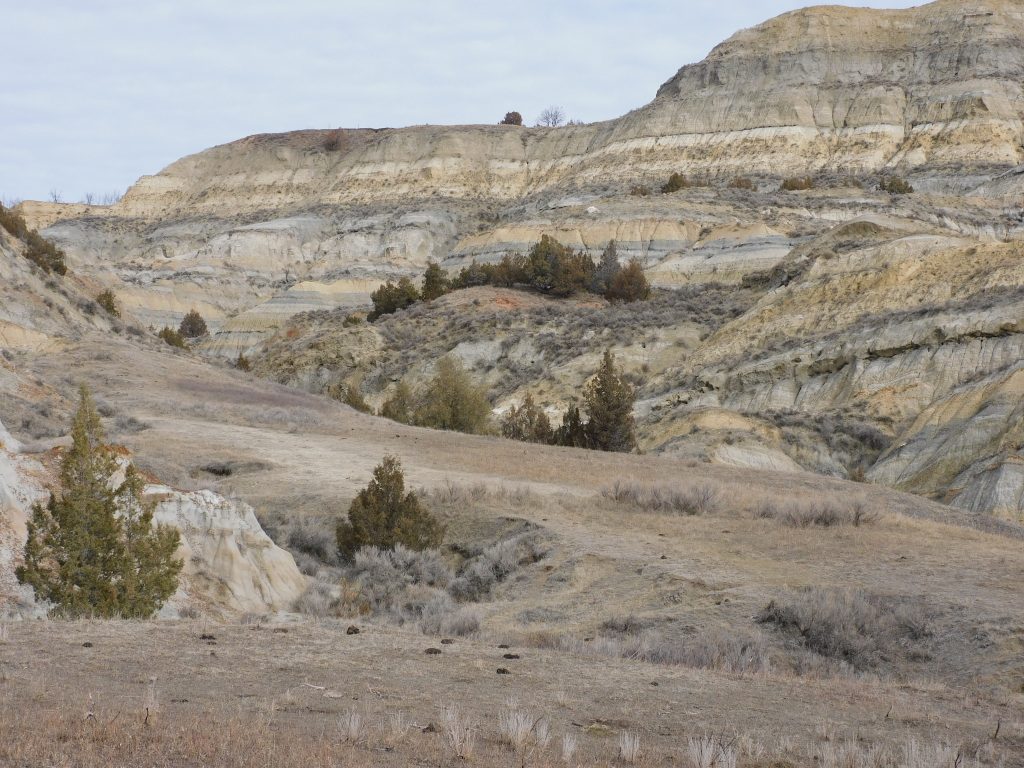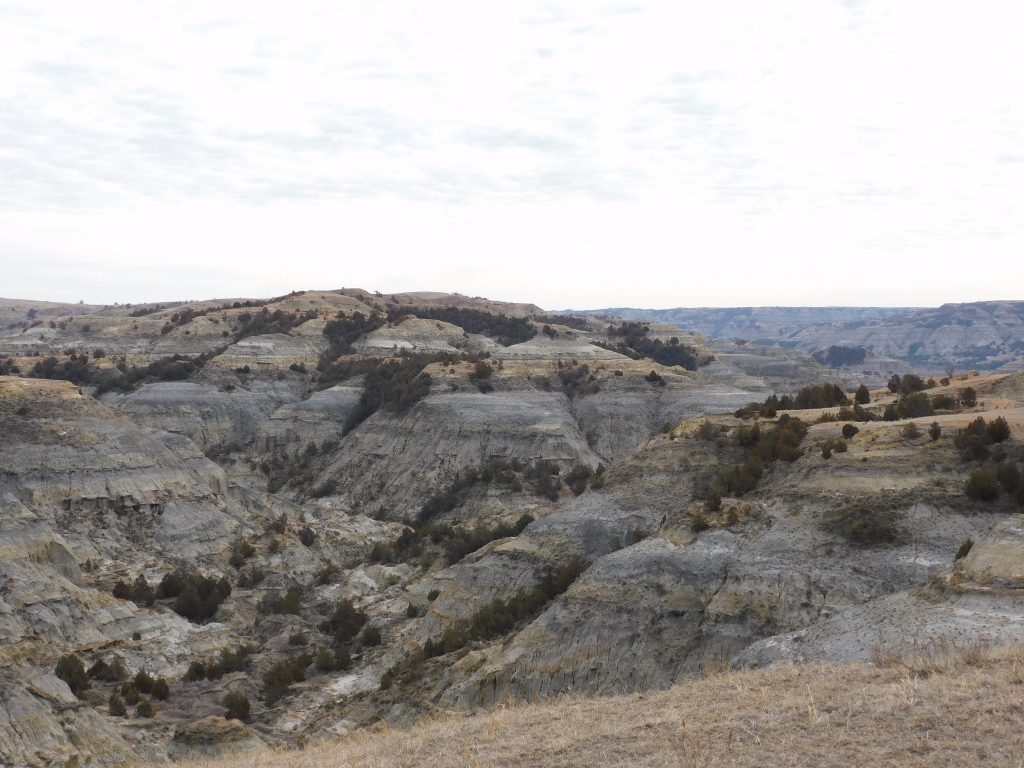

WATFORD CITY — It is the very definition of a National Park – beauty, majesty, serenity, wilderness. Take your pick. You’ll discover it all, and more, at the North Unit of Theodore Roosevelt National Park.
I’ve never forgotten my first view of the North Unit. I’m guessing I was about six years old, riding in one of those endless, boring automobile rides to who-knows-where that all kids dread.
Are we there yet? Wherever that was.
Dad was behind the wheel, mom on the passenger side of the front seat. My younger sister and I were unwilling, and I’m pretty sure annoying, hostages in the back seat. I remember thinking we were getting very close to dad stopping the car time when my mom turned to me and said, “Watch out your window now. It’s right up here.”
I think I was expecting a finger in my face, accompanied by a few stern words, which I’m certain I had earned. It was right about then when an entire new world came into view as dad pulled onto a scenic overlook.
The rolling hills, stubble fields, and shallow coulees that mark the landscape throughout our state transformed like magic into the wonderment of the Badlands. I was awestruck. It was like a trip to another planet.

Virtually out of nowhere came juniper trees, sagebrush, cliffs, buttes, odd geologic formations, and an assortment of colors on unforgiving terrain. It had an impact on me that I never anticipated. To this day I marvel at the Badlands, specifically the T.R. North Unit. I visit there often. Returning there, time and again, is like shaking hands with an old friend.
I’m no geologist, or biologist, but the Badlands has a way of making a person feel like one, or at least wish they were. An important feature of the park is the winding Little Missouri River, the significance of which is that its waters carved through the mesmerizing terrain, a center of life for wildlife big and small.

I’ve sat on the side of clay buttes overlooking the “Little Mo” and, with a squint of eye, there were times when I could almost see Teddy Roosevelt’s small boat coming around a bend. Of course, my imagination included boat thieves aboard, the very ones T.R. caught and marched to Dickinson at gunpoint.
Overhead eagles soar, taking advantage of the lifting winds created by unworldly appearing terrain. Again, with the help of a vivid imagination fueled by the broken Badlands, I could see an eagle eyeing its prey far below – a rabbit on a tether wrapped around the wrist of a Native American concealed in an “eagle pit”. Such is the abundant history that literally comes out of the ground in the wonderful wilderness of the North Unit.

One thing that is evident in the North Unit is color. There’s always a green of juniper trees and mixed shades of clay and rock, often separated by the dark layers of thin coal veins. When the sunshine is right, layers of scoria add stunning beauty. It is a place to be captured on canvas, or through a camera lens, and always in your mind.

Seeing wildlife that call the North Unit home is always pleasing. From the bluebirds of spring and countless other winged species unique to the region, to the more visible mule deer and bison, it adds immensely to any visit. Add to that the colors of blooming cactus, Tiger lilies, several kinds of sagebrush in all shapes and hues, and a wide variety of wildflowers, and the Badlands becomes a mesmerizing and enchanting place.

It is said that beauty lies in the eyes of the beholder. In Theodore Roosevelt Nation Park–North Unit, a person is immersed in the unquestioned beauty of the Badlands. It’s everywhere. Any time of the year. Every trip, every view, creates lasting memories. It is why I can say I’ve never had a bad day in the Badlands.